By Háros we actually mean a (now) peninsula, but some of the green areas connected to it are also named after it. The word 'háros' can be derived from the words 'háncsos' and 'hárs' (linden). Fortunately, there is enough linden on the peninsula and its surroundings. It is also relatively lucky in terms of its past that while it was an island, no major constructions took place here.
It became a peninsula in 1911 as a result of the regulation of the Danube. There are several islands around here, as the Danube reaches the lowlands here, spreading out and creating reefs and islands. Perhaps the greatest luck of Háros Island was that military objects were installed here, so nothing could be built for residential or industrial purposes. Although the remains of the barracks and the former port are still there today and have the effect of a foreign landscape, the vegetation, and thus the majority of the wildlife, remained intact. Needless to say, the peninsula, together with the entire coastal zone, is now a protected area.
Unfortunately, it is not the fastest or easiest to approach, but it is definitely worth it. It is advisable to take BKK vehicles to the Campona shopping centre and walk in from there via Háros or Fonó Street. By train, visitors must get off at the Budatetény stop. Those who can, however, should approach the area by car due to the many smaller, scattered attractions, but those interested do not need to travel more than 6-7 kilometres by public transport.
By car, it is worth going along Fonó Street from Road 6, then going through the entrance of an industrial park to the end of Ártér Street. A lot of businesses operate in the buildings of the former barracks, but do not let that discourage us, the view makes up for everything. Where Ártér Street reaches the coast, there is plenty of space for parking.
Going towards the coast, there is a gate in front of us, but the fence is incomplete in several places, you can safely cross it. We reach the shore almost immediately, and a wonderful panorama welcomes us.
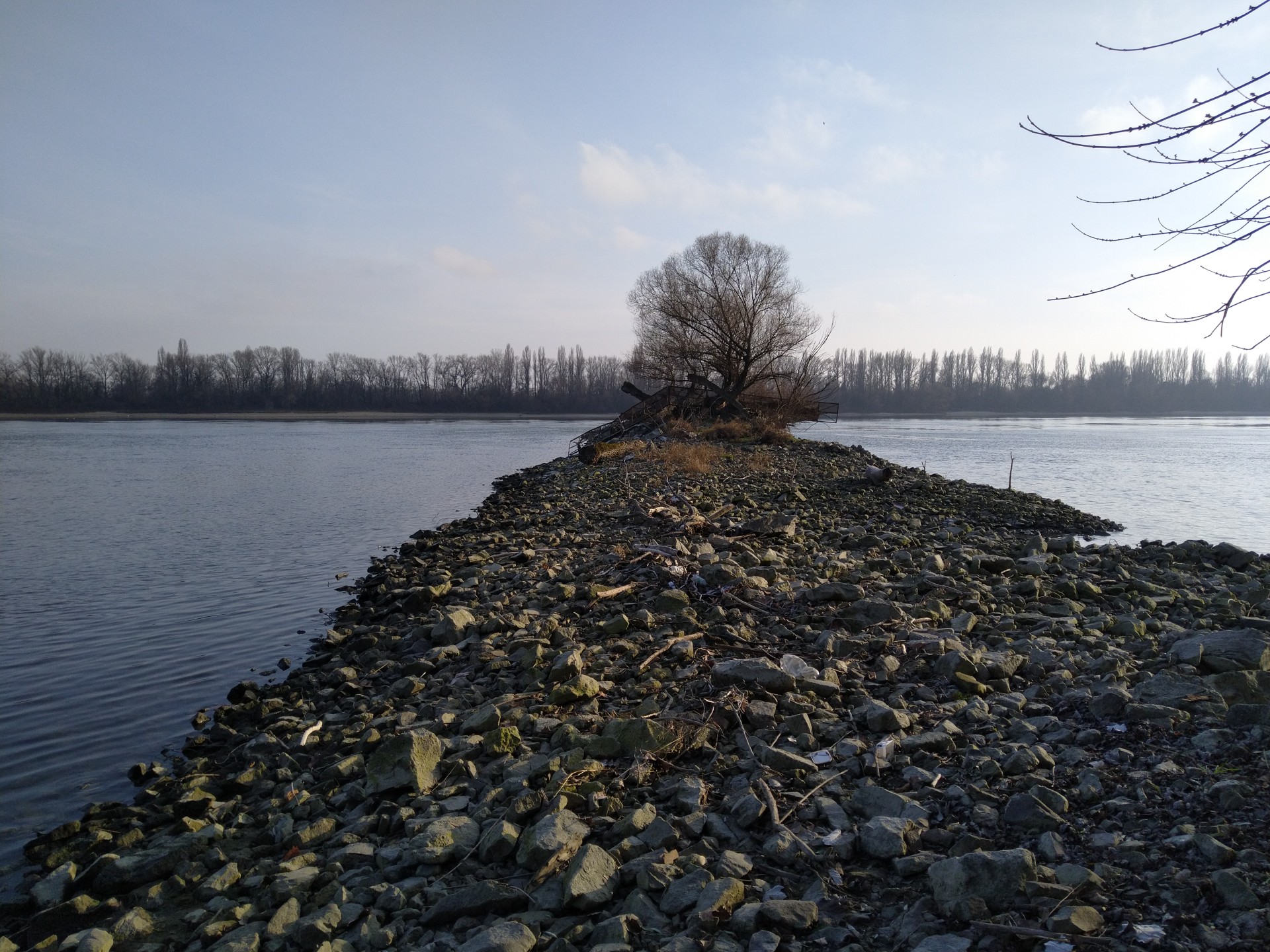
The view of one of the far-reaching reefs (Photo: Dávid Palotás/pestbuda.hu)
When the article was written, the water level was low, so we could walk far into the two stony reefs extending deep into the riverbed, almost to the middle of the river. In any case, tread carefully on the stones, because these reefs are only visible at a lower-than-average water level, and the sediment of the Danube is unfortunately full of a lot of industrial waste. We found bearings, a ball joint, a sanding machine, and unfortunately, we could list them for a long time.
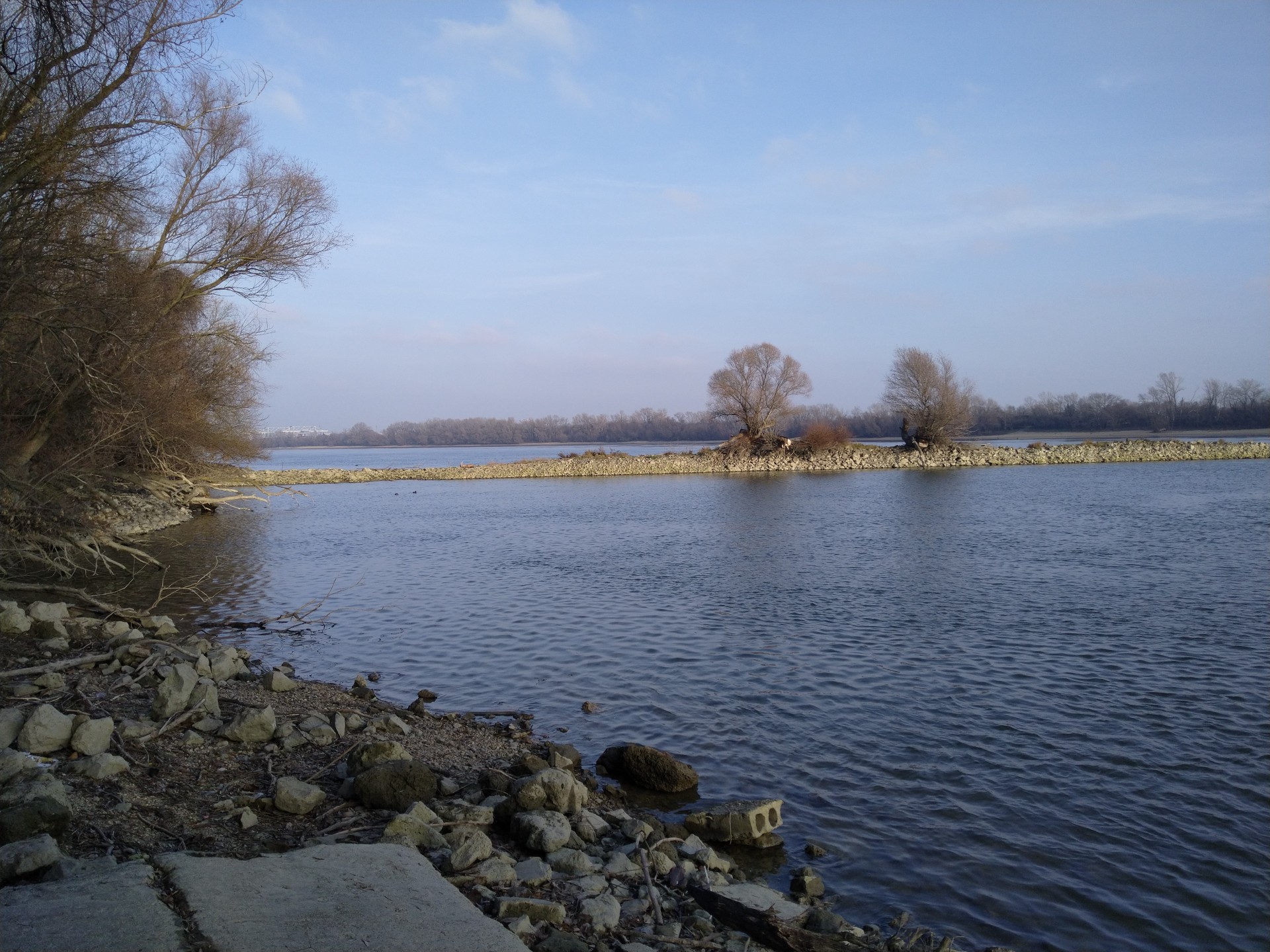
View of the Danube towards the north (Photo: Dávid Palotás/pestbuda.hu)
However, if we look over to the other side and look in both directions along the coast, we can enjoy a very beautiful sight: the water flows beautifully, quietly and dignified, spread out widely. There are almost no buildings on the horizon on either side and no sounds filter in here from anywhere.
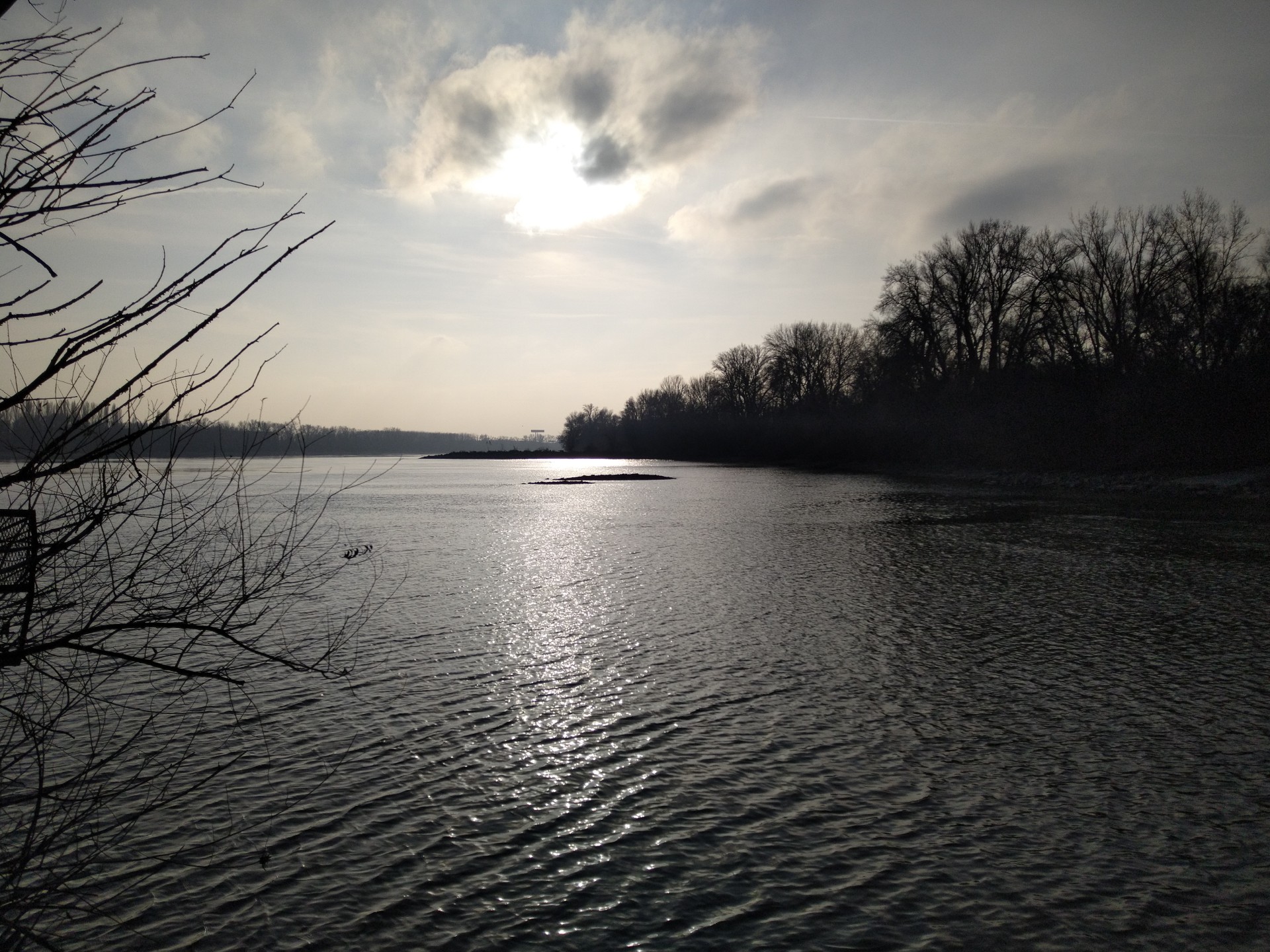
View from the coast to the south (Photo: Dávid Palotás/pestbuda.hu)
The trees are also old, it seems that this floodplain forest is mostly really untouched.
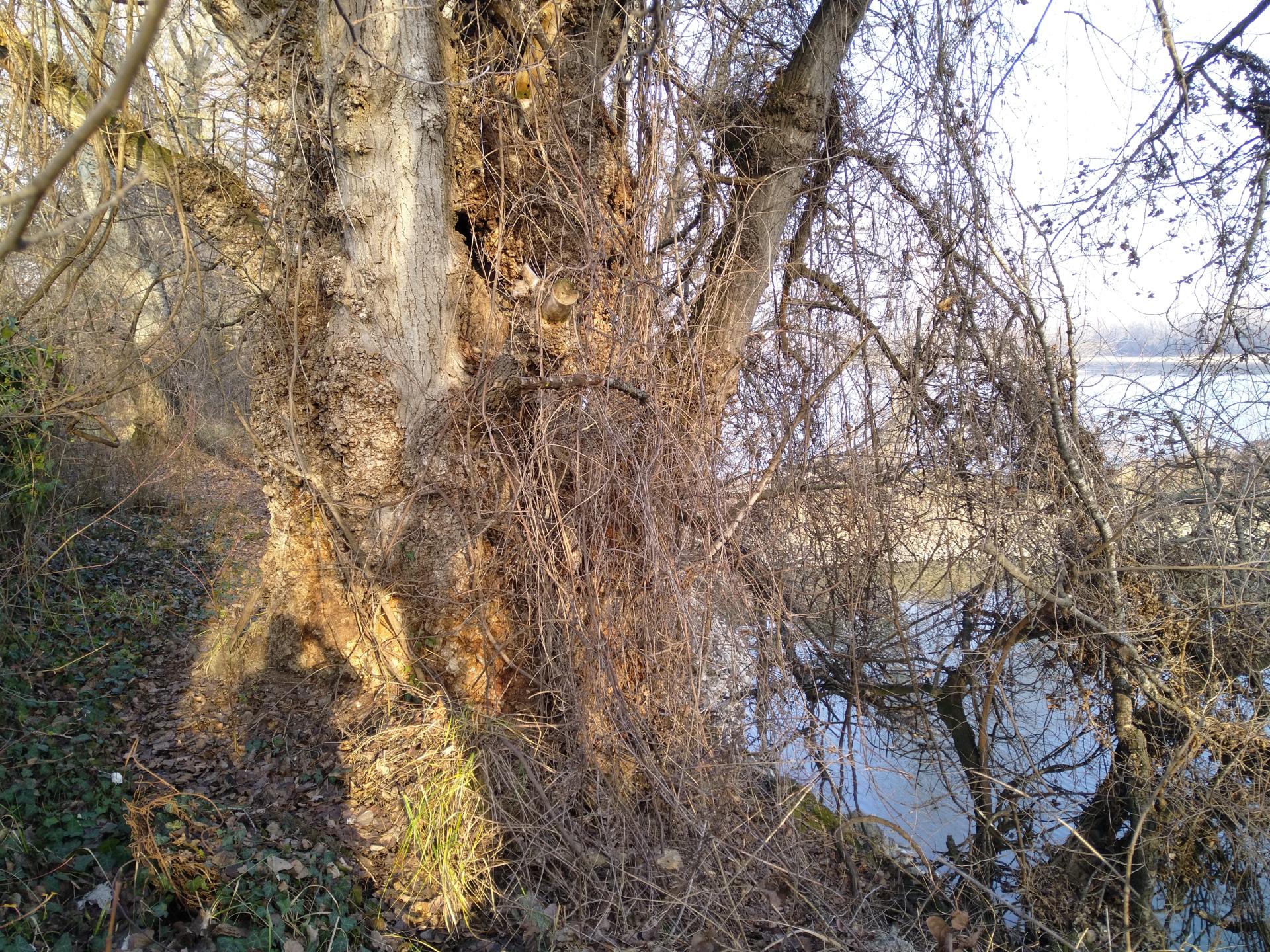
Real wooden methuselahs also grow close to the coast (Photo: Dávid Palotás/pestbuda.hu)
If we start along the coast towards the south, in the same direction as the current, then sooner or later we have to go up from the coastal path to the barracks at the former port. The abandoned buildings would be a perfect setting for a horror movie, but there is no need to fear, luckily there is no movement in the area nowadays. Walking towards the inner parts of the island, we can clearly see all the features of the floodplain forest.
Today, the Danube hardly floods the entire peninsula, but in the past, this could have happened several times, since the island itself is a sandbar. The so-called sequence of succession can be clearly observed on the peninsula: floodplain softwood groves (willow, white poplar) grow closer to the coast, hardwood grove forests (oak, ash, elm) further from the coast. We can also find very old specimens of each tree species. Other plant rarities can be found in the inner part of the peninsula: summer heather, winter horsetail, grove grape.
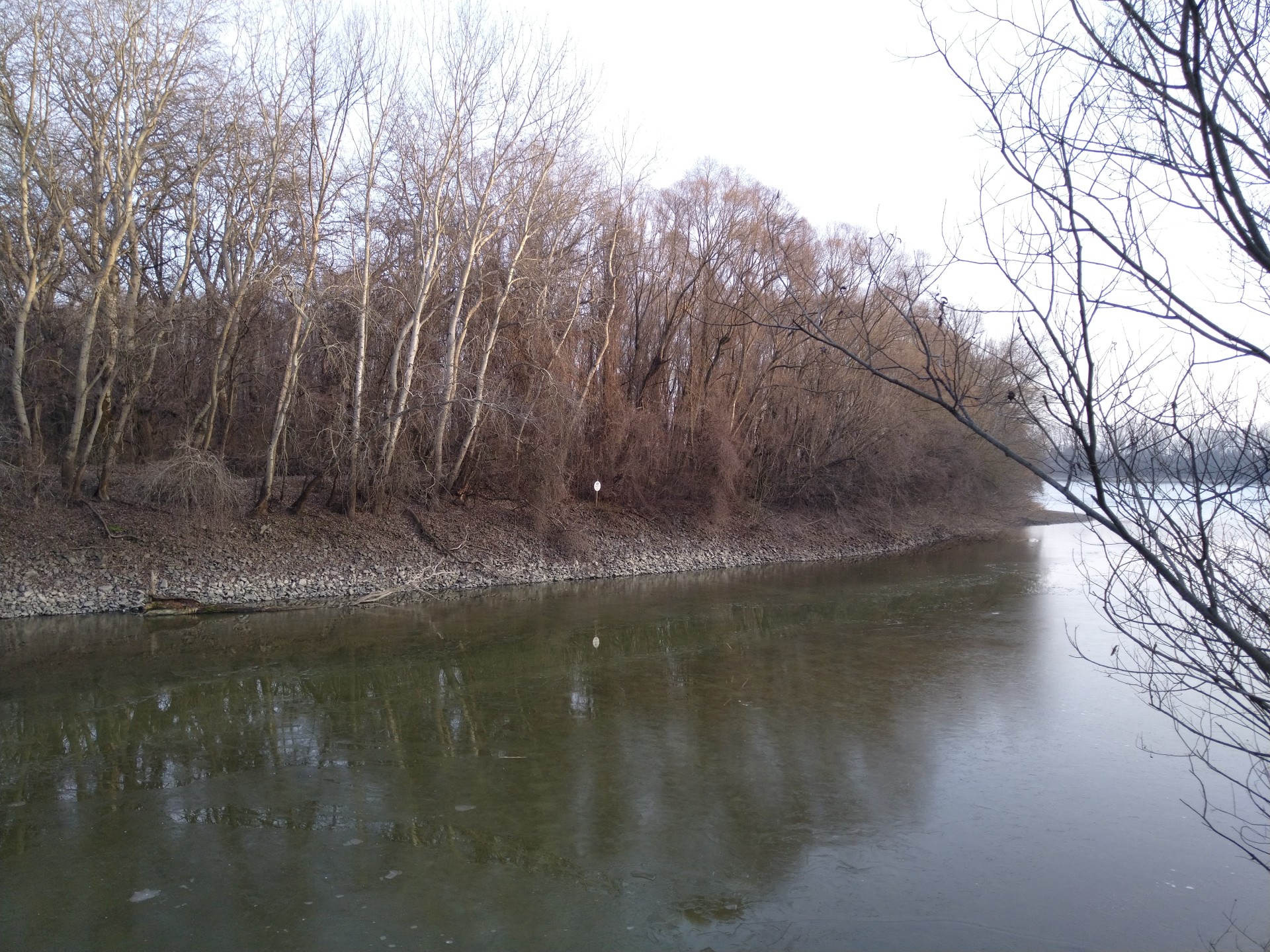
The southern side of Háros Island with the Danube bay (Photo: Dávid Palotás/pestbuda.hu)
If we have visited the peninsula and still have the desire and energy to enjoy the beauty of nature, then by all means visit the bay at the southern end of the peninsula from the other side of the coast. This is already at the M0 bridge, it is worth driving under the bridge via Kolozsvári Street. Take the Hárosi-Duna-part Street to the stables, we cannot go any further by car.
If we are on foot, from Ártér Street, after the exit of the industrial park, turn left onto Háros Street, which will turn left next to the main road. Here we will see a water tower, which is beautiful in itself, but it is worth mentioning here that the ruins of the medieval village called Csőt can be found at its base.
Continuing on Háros Street, following the cycle path or the yellow herringbone tourist sign (Hungarian Pilgrimage Route), we reach the M0 bridge, only from the other direction, as if we had approached it by car.
It makes sense to walk all the way under the bridge. It is clearly visible which of the two independent roads was the one in 1990 and which was the bridge completed in 2013.
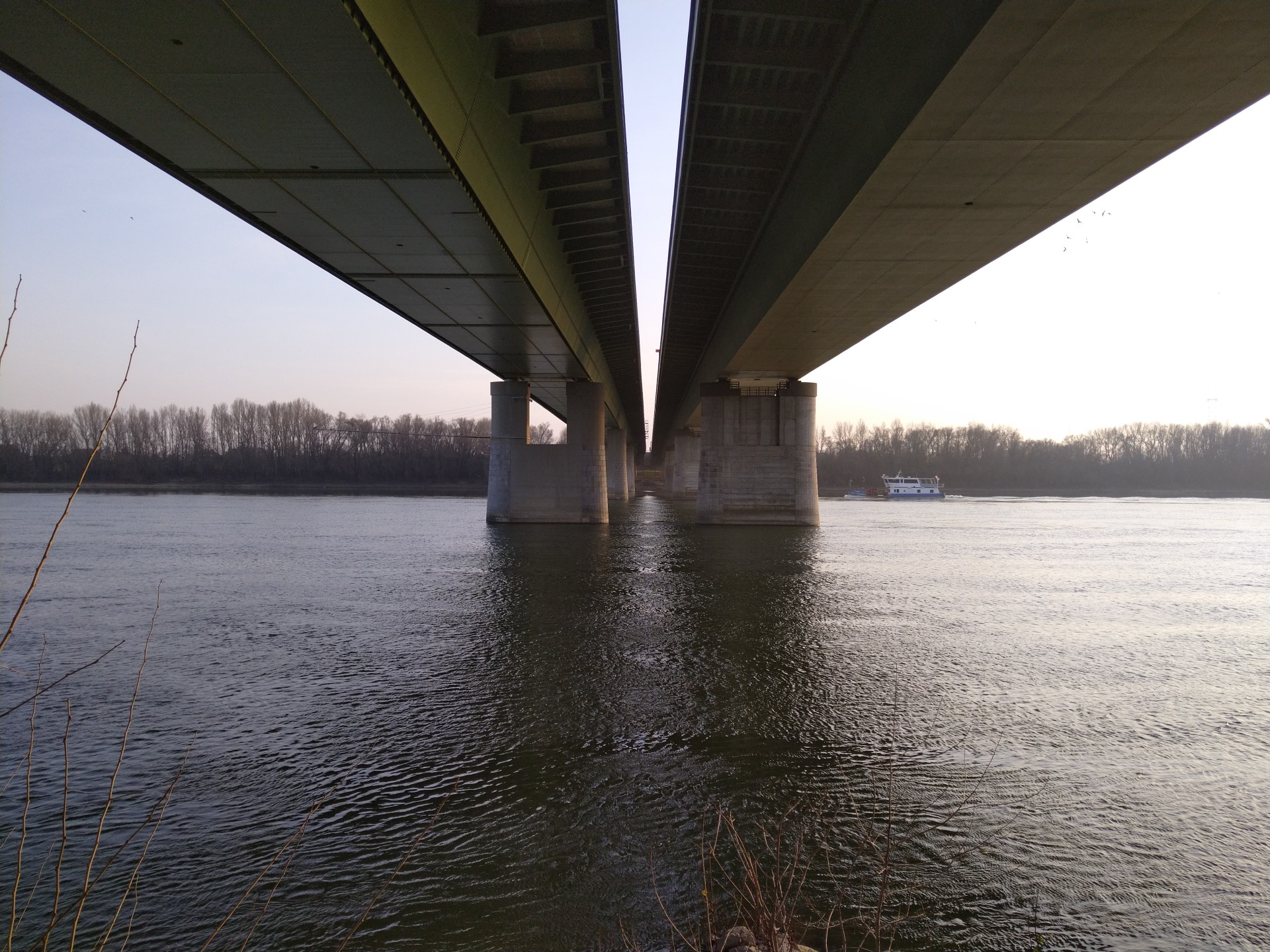
It is immediately apparent to the naked eye which is the old and which is the new bridge (Photo: Dávid Palotás/pestbuda.hu)
The coast of the Hárosi-Danube sleeps deeply in winter, the harbours and fishing spots are empty. It is worth walking around the area. The floodplain forest continues to the south of Deák Ferenc Bridge (this is the official name of the southern M0 bridge), and it is also worth wandering through this part with its beautiful walkways. Kis-Háros Island, which is only a few hundred metres long, can be seen from here.
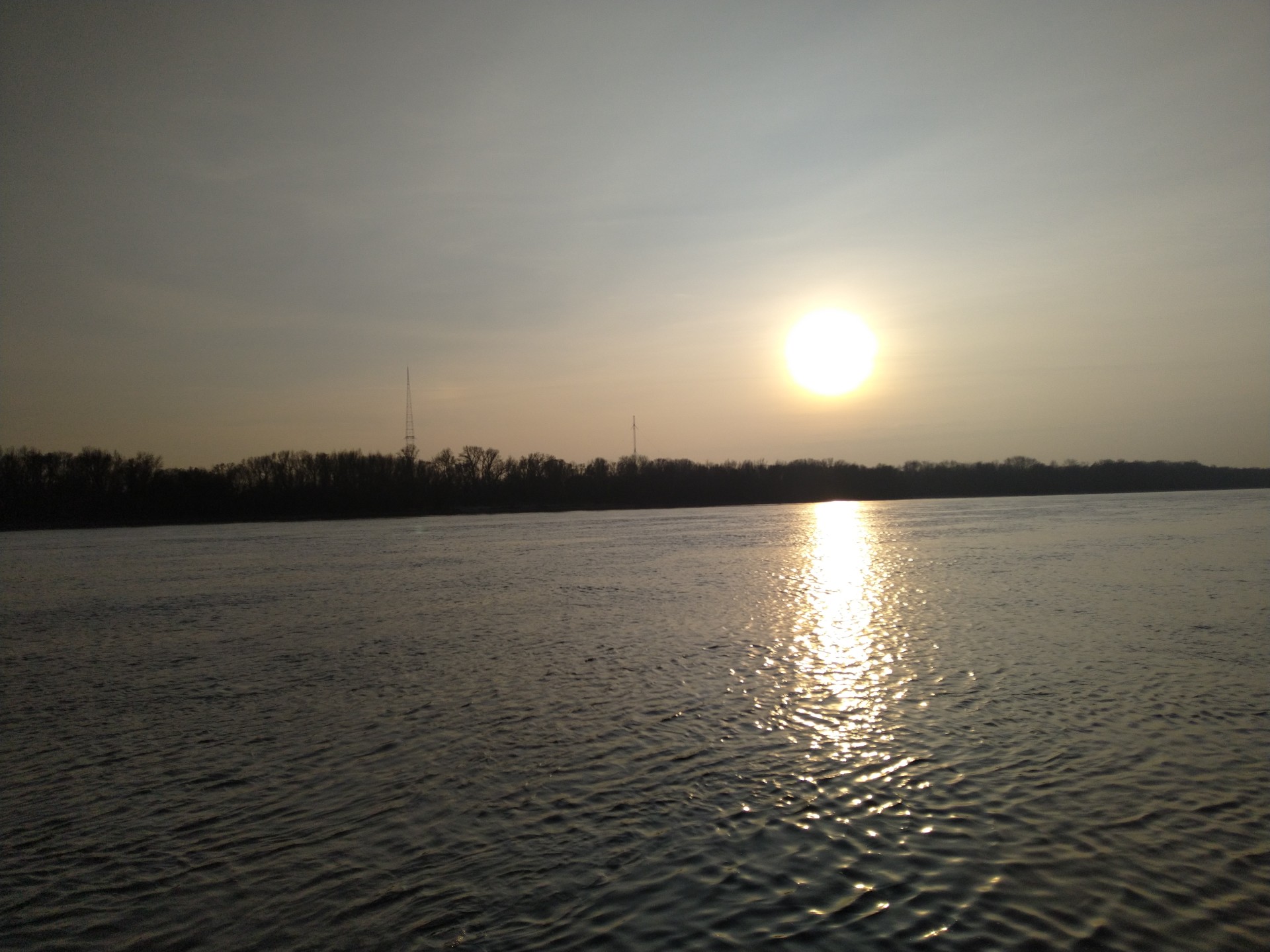
Winter sunset with the tallest building in our country: the Lakihegy transmission tower (Photo: Dávid Palotás/pestbuda.hu)
Of course, this is also a protected area, but even at the entrance to the coastal gallery forest, signs warn of this everywhere.

One of the coastal promenades (Photo: Dávid Palotás/pestbuda.hu)
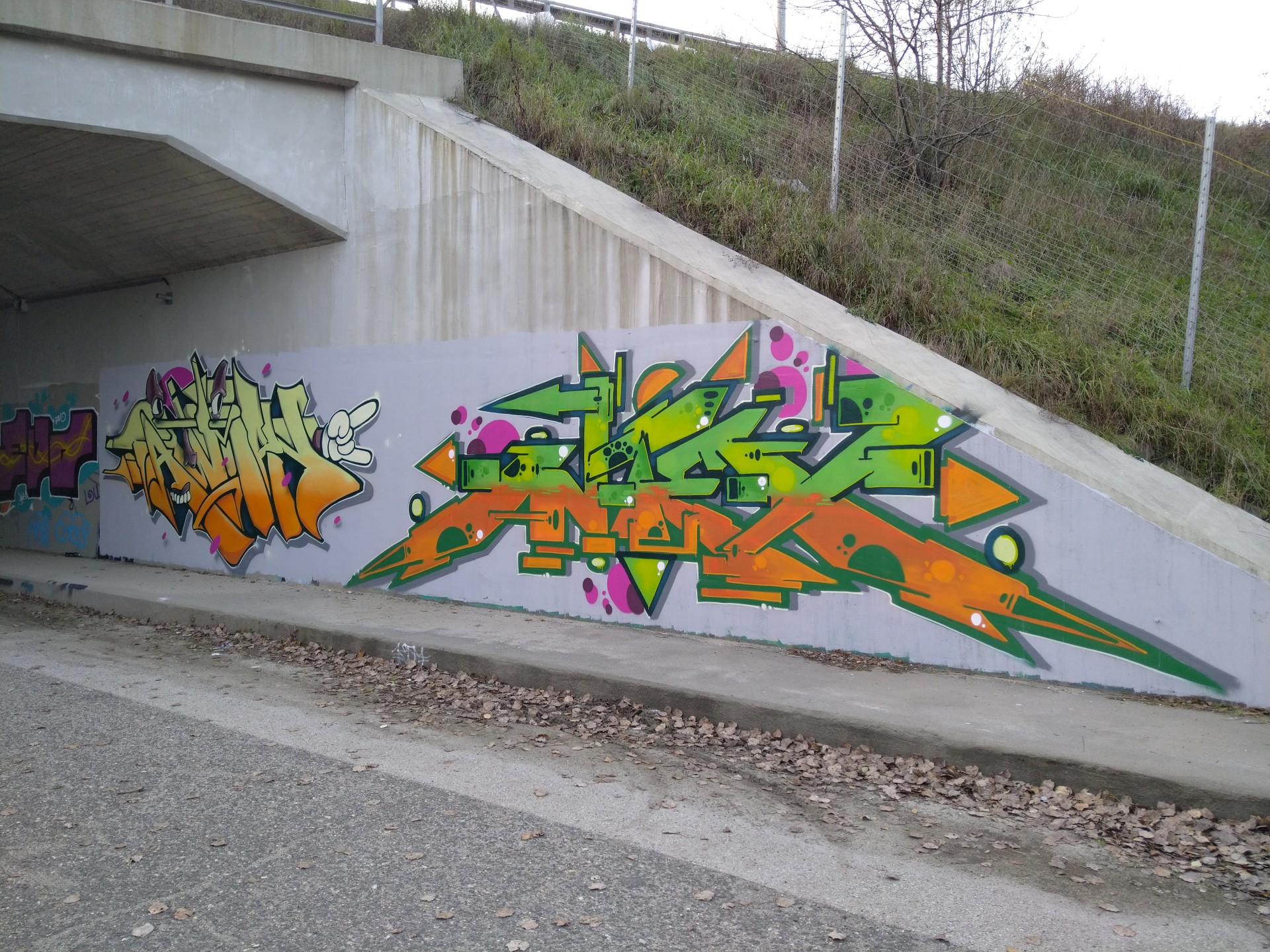
Underground art has already filtered in here as well (Photo: Dávid Palotás/pestbuda.hu)
If we still feel like it, visit the nearby Nagytétényi Castle Museum, which unfortunately is currently closed, so find out about the opening hours beforehand.

The view of the castle opposite in the sunset light almost looks like a silhouette (Photo: Dávid Palotás/pestbuda.hu)
The remains of the ancient military fortress Campona are being excavated in the park of the castle. We hope that after the high-quality excavation work, the ruins together with the castle will be open to visitors.
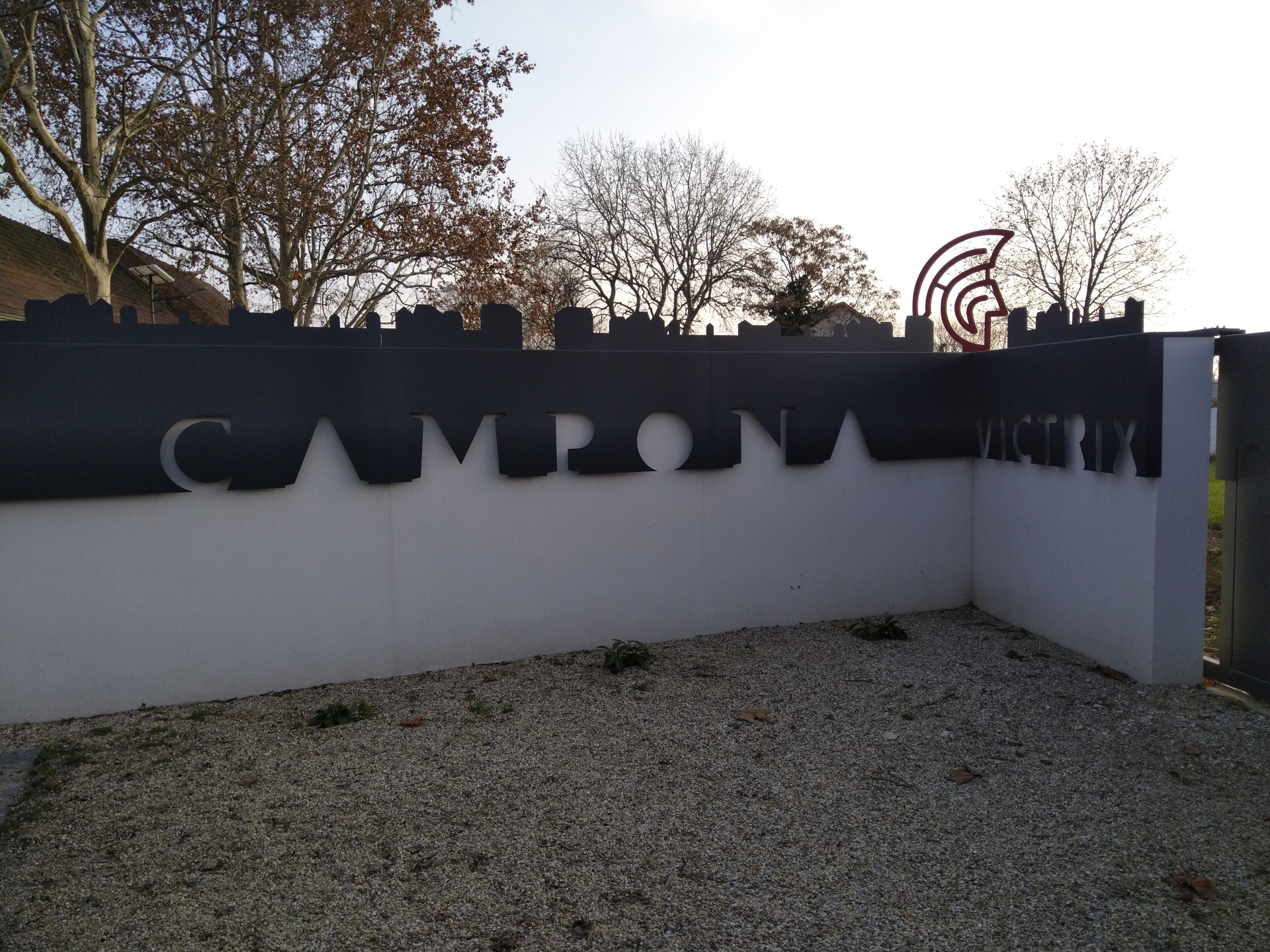
The entrance to the excavation area (Photo: Dávid Palotás/pestbuda.hu)
The Budatetény Rose Garden is also located in the area. During the flowering period (from spring to late summer) we can walk among a great variety of roses and sniff the flowers. This is Hungary's largest rose gene bank. It has a long history and could be a mandatory program for everyone during one of the summer evenings. The castle standing in the garden only enhances the light of the rose garden. The high-quality, ongoing research work is carried out by the Herman Ottó Institute and MATE.
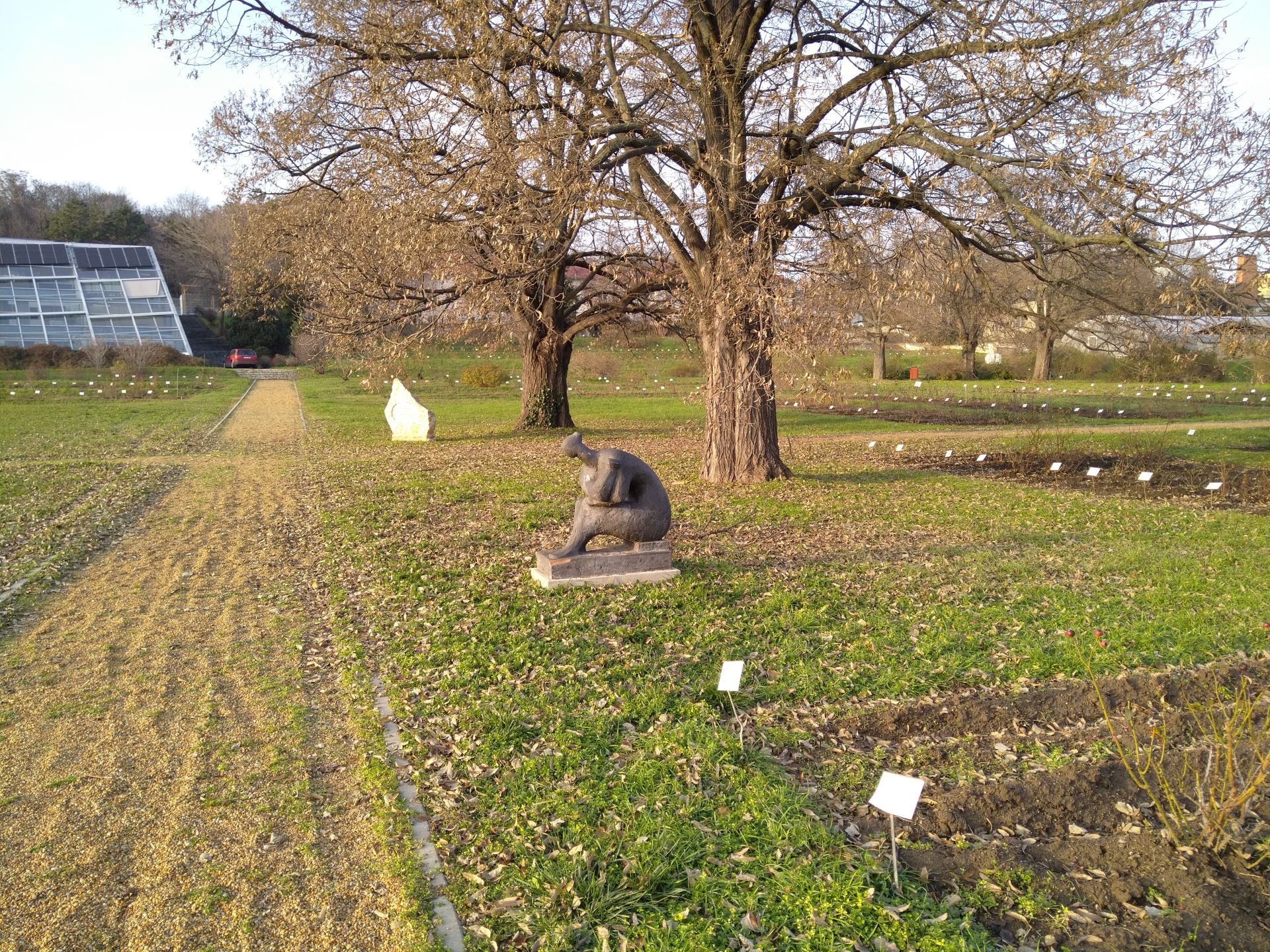
A detail of the rose garden. The many statues and memorial stones brighten up the park (Photo: Dávid Palotás/pestbuda.hu)
In summary, it can be said that Budatetény and its surroundings await the curious people who come here with a variety of natural and historical attractions. Háros Island and the other floodplain forests on the southern coast are clean and quiet and can be easily explored with paths. For those interested in built heritage, the ruins of Csőt and Campona, as well as the Nagytétényi Castle have something to offer, for those who just want a little relaxation, the Budatetény Rose Garden and the nearby Tropicarium can be exciting, but for all ages and residents, a visit to the Danube Bank in Háros is recommended, perhaps combined with a sunset.
Cover photo: View of the Danube towards the north (Photo: Dávid Palotás/pestbuda.hu)

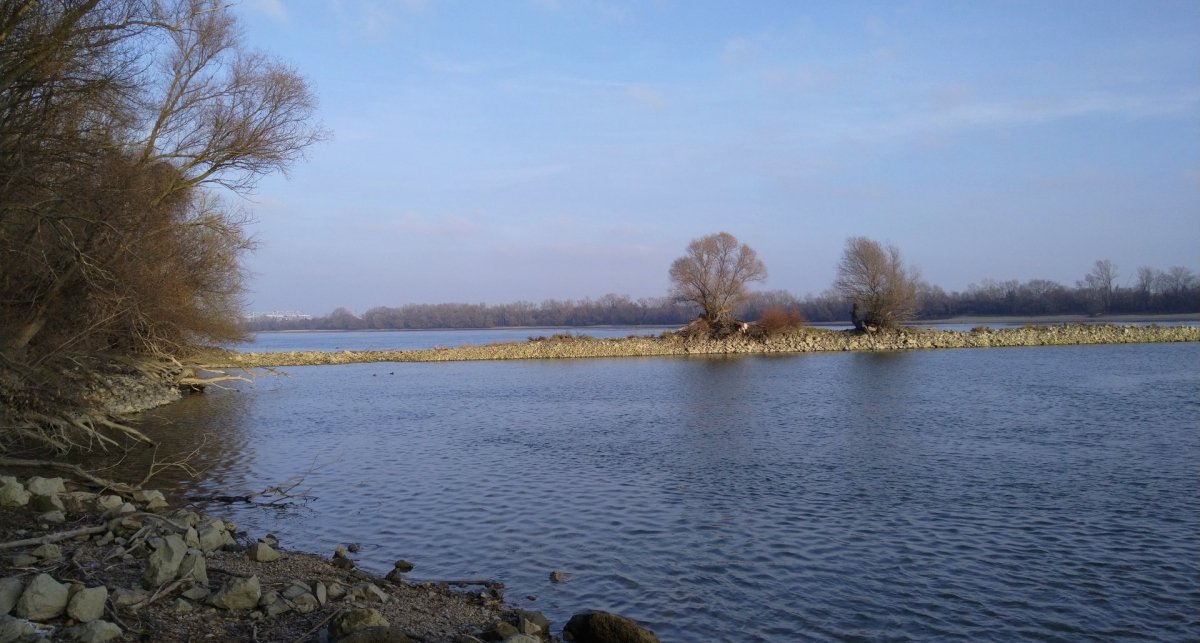
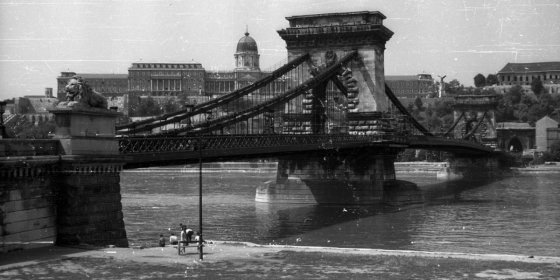
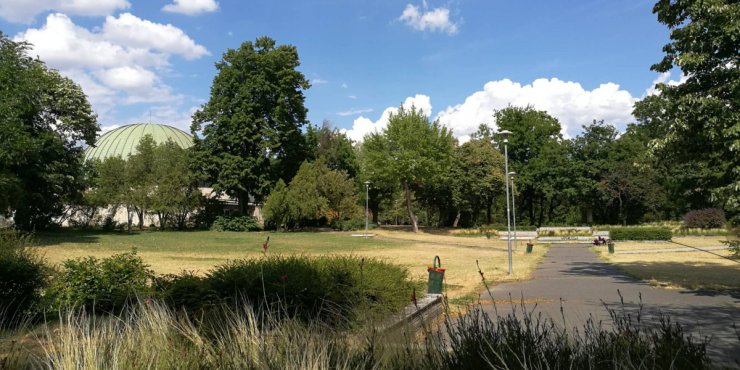
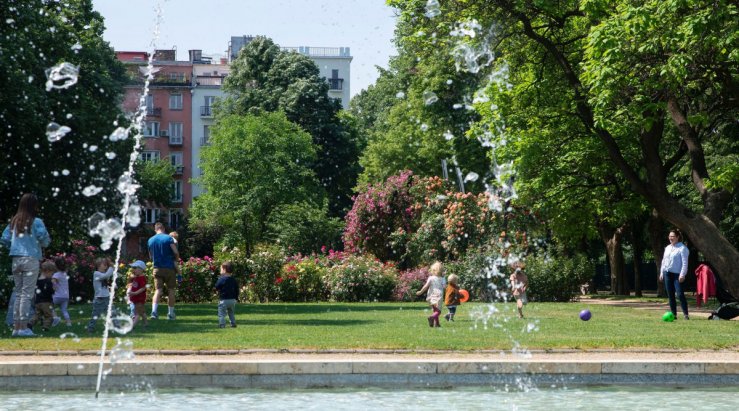

































Hozzászólások
Log in or register to comment!
Login Registration